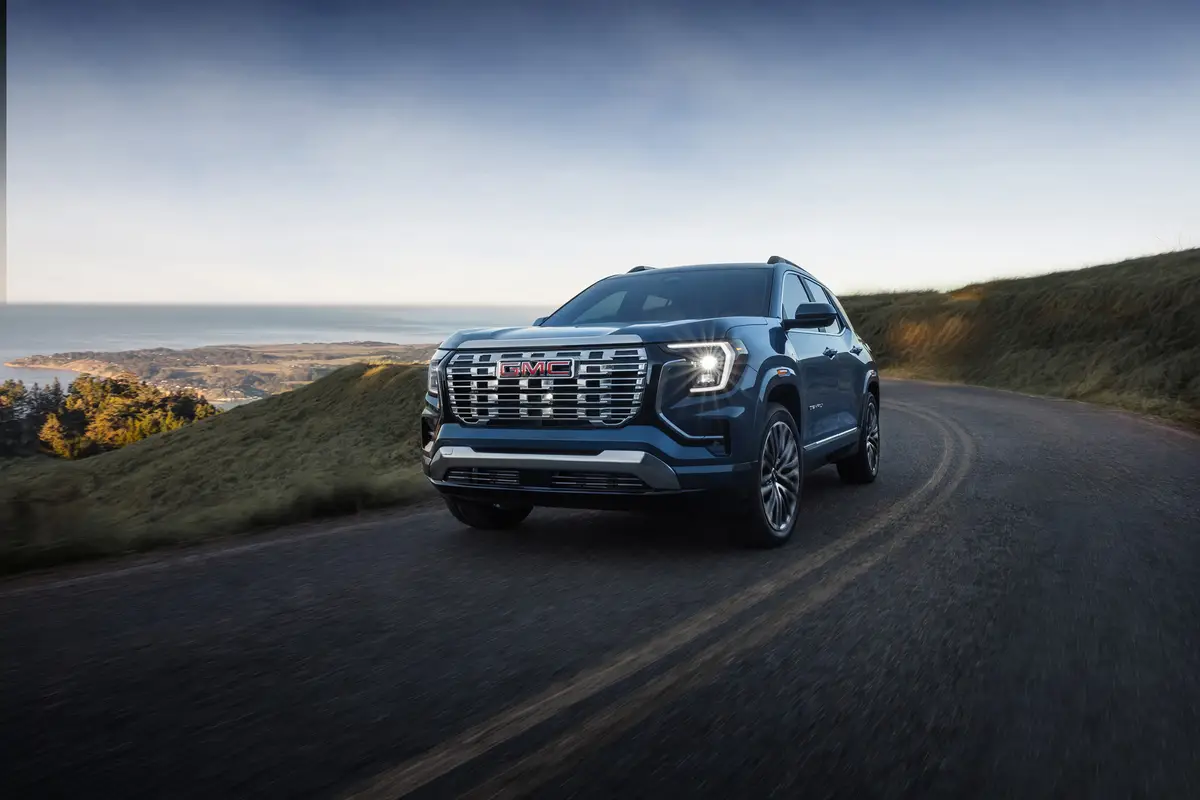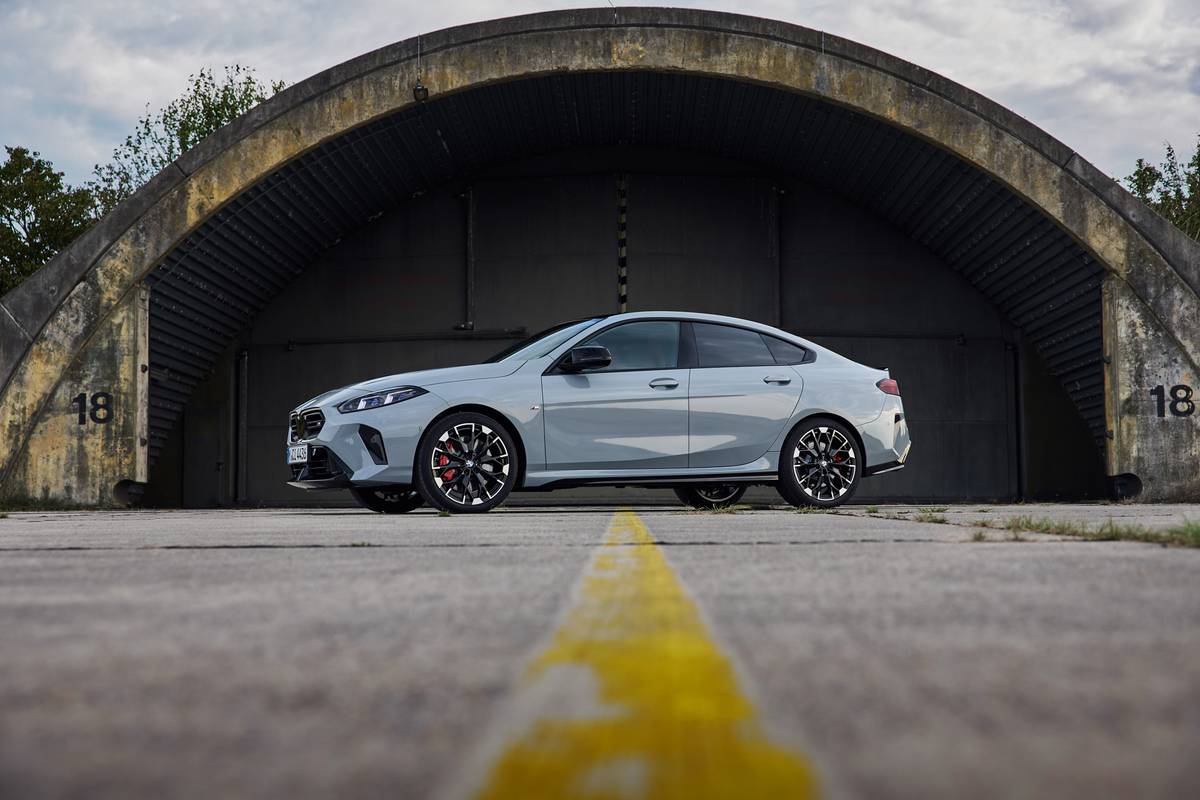The Morning Call and Mcall.com's view
How do you improve upon one of the best-selling cars in the world? Well, if it has been around awhile and is becoming an overly familiar sight, you could do what Ford did with its Escort – give it some new sheet metal, increase the size of the engine and call it a 1985 1/2 model. It’s a simplistic solution but it seems to be working.
The Escort has been the top-selling Ford practically since its introduction in the fall of 1980 as a 1981 model. More than 1.4 million units have been sold and it was the best-selling car in the United States in 1982 and 1983. What is impressive about these sales is that the Escort is competing in the toughest segment of the market, which is the compact section – very, very fierce competition. Although it might not end up on the top this year, it will probably be somewhere in the top five best sellers. (And this is despite some tough competition from the Tempo, also a front-wheel drive compact offered by Ford.)
With this in mind, why bother to change the Escort in the first place? Well, it really was getting long in the tooth and did need something. Apparently what Ford did was enough since in May (the first full month the ”new” Escort was offered for sale) 54,413 units were sold – and this was the best month ever for Escort.
But what makes the Escort such a great-selling car? To tell the truth, I don’t really know. It certainly has nothing to do with its styling, which, even with the new sheet metal, is far from being inspirational. In fact, it looks a bit stodgy, and more so when compared to the aerodynamic styling of some of the other Ford models. And success apparently has nothing to do with its performance. Again, even with the bigger engine, performance can best be described as adequate. One thing in its favor is price, an item that should never be overlooked. But, when you add it all together, the Escort is probably successful for a number of small things that just seem to work together.
The test car, a four-door hatchback, was one of those cars you don’t even think about when driving. Also, it is not a car that will hold the attention of large groups of people when it is being described. It is difficult even to find something brilliant to say about it. But just because it is boring doesn’t mean it is bad. In fact, it is this boringness that is probably the reason it is so successful. Most people really don’t want exciting cars. They want predictable cars and the Escort is just about as predictable as you can get.
The most apparent change in the ’85 1/2 model is the new ”aero” headlamps, which are quite similar to those introduced on the 1984 Continental Mark VII LSC. The headlamps certainly help the front end appearance and no doubt reduce wind drag. There are also new front and rear bumpers with the end caps extended to the wheel openings, a new valance panel as well as a new hood and fenders. Although the c hanges do alter the appearance of the car somewhat it still looks very much like an Escort.
Basic dimensions are just about the same as before but the new model is a tad longer. The wheelbase measures 94.2 inches; overall length, 166.8 inches; width, 65.9 inches; height 53.5 inches, and curb weight, 2,195 pounds. The EPA volume index is 102 cubic feet – 85 feet passenger volume and 17 cubic feet trunk capacity. Although not a large compact (compacts run from 100 to 110 cubic feet volume), Escort boasts a trunk that is above average. And with the rear seat folded away, cargo volume is increased to 37.4 cubic feet.
Interior room is nothing to get excited over. The two front seats will hold most people in some degree of comfort. If the front seats aren’t extended all the way back, adults will be able to sit in the back seat. Otherwise, the back seat will be best suited for children.
The test car had an automatic transmission which meant that anyone, but a yone, could drive it. Highway driving, city driving and even parking could be done without giving the task too much thought. Although driving the Escort can best be described as dull, there weren’t any quick or unpleasant surprises either. Ford makes no claims that the Escort is a sports sedan, but the little car does have four-wheel independent suspension and handles much better than most people would suspect.
The front suspension features MacPherson struts with strut-mounted coil springs and stabilizer bar while the rear has trailing arms with modified MacPherson struts and coil springs. The rack and pinion steering system goes lock-to-lock in three turns of the steering wheel, which gives the Escort a 35.7 feet curb-to-curb turning diameter. The ’85 strut mounts to improve ride quality. Also, there is improved steering response and feedback.
The biggest change, though, is the four-cylinder engine which has been increased from 98 cubic inches (1.6 liter) to 114 cubic inches (1.9 liter). This engine is officially known as the 1.9 liter CVH. The CVH refers to the compound valve designation and hemispherical combustion chambers. In an interesting arrangement, the valves and ports are angled outward, both longitudinally and transversely – a compound angle that requires only one camshaft while still retaining the true hemispherical shape of the combustion chamber when the valves are closed. It also permits the use of extremely large valves in relation to cylinder diameter for efficient engine breathing.
This, of course, is a bit technical but it shows that some thought was given to the engine. The engine is rated at 86 horsepower at 4,800 rpm and 100 foot pounds torque at 3,000 rpm. This is about a 23 percent increase in horsepower and a 14 percent increase in torque compared to the 1.6 liter engine. But, according to Ford, the bigger engine means an increase in performance with little or no sacrifice in fuel economy.
The test car performed adequately, but did not crank out speed numbers you’d want to take to the drag strip. The three-speed automatic transmission does, of course, cut into performance. If this engine had a choice it would no doubt take the five-speed manual. But it doesn’t and you are just going to have to live with the automatic. Also, as with most small displacement engines and air conditioning units, there is definitely an air conditioning lag. Once on the highway and rolling, it probably won’t be noticed. But at idle and slow speed, the extra strain (especially along the automatic) can be felt. Again, if you want to keep cool, learn to live with it.
The test car averaged 22 miles per gallon for city driving and 29 mpg over the highways. Not bad, not great. The manual transmission version will, of course, provide better fuel mileage. Also, if high mileage is a priority, the Escort is available with a 122 cubic inch (2 liter) diesel engine. For so me reason there are two versions of the diesel. One is rated at 52 horsepower at 4,000 rpm and 82 foot pounds of torque, while the other has the same 52 horses but at a lower 3,700 rpm and 80 foot pounds torque at 2,750. Actually the first is the standard diesel while the second is the Fuel Saver version and, as its name implies, gets better fuel mileage. For example, the standard engine (with five-speed manual) gets an estimated 37 city/44 highway, while the FS is rated at 42 city/52 highway.
Base price for the test car, a top-of-the-line GL model, was listed at $6,855 and included a nice level of trim and a couple of standard equipment items. The test car had a bottom line of $9,183, including a destination charge of $308. Options included: air conditioning, $657; automatic transmission, $466; power steering, $226; instrumentation group, $87; interval windshield wipers, $50; rear window defroster, $135; AM-FM four-speaker stereo, $189, and tinted glass, $99 There were also several discount package groups on the car.
Latest news



